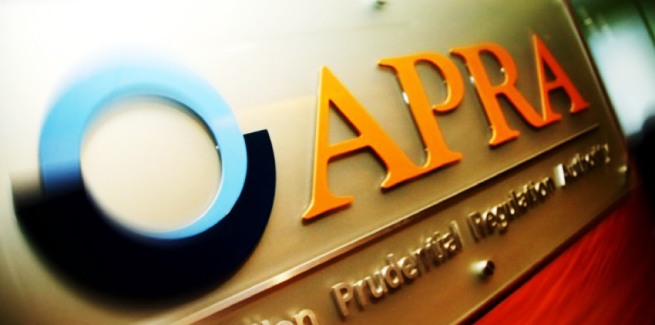The Australian Prudential Regulation Authority (APRA) has launched a review calling for an increase in the capital required by the major banks to support investments in large subsidiaries in New Zealand and a reduction for small subsidiaries in a bid to strengthen capital protection for bank depositors.
The prudential regulator launched a review of the capital treatment of authorised deposit-taking institutions’ (ADI) investments in their banking and insurance subsidiaries.
APRA initiated the review to update the relevant prudential standard, and ensure appropriate capital treatment is applied to investments in subsidiaries. This approach was in part shaped by the Reserve Bank of New Zealand (RBNZ) proposal for New Zealand’s banks to substantially lift their regulatory capital.
The proposed changes aim to ensure Australian deposit holders will continue to be protected when the major banks hold significant investments in subsidiaries.
The RBNZ proposal would impact Australia’s major banks, which are the owners of New Zealand’s four largest banks and are the shareholders of the major banks in New Zealand.
APRA has proposed changes to Prudential Standard APS 111 Capital Adequacy: Measurement of Capital (APS 111), which establishes the criteria for ADIs’ regulatory capital requirements.
The proposals aim to balance the benefits of revenue diversification that banks can achieve by owning subsidiary operations against the potential concentration risk that occurs as those investments increase in size.
In particular, the prudential regulator is proposing that equity investments in subsidiaries (including any additional tier 1 and tier 2 capital investments in subsidiaries) will be risk weighted at 250 per cent, up to a limit of 10 per cent of Level 1 Common Equity Tier 1 (CET1) capital.
It also proposed that equity investments in excess of the 10 per cent limit will be fully deducted from level 1 CET1 capital in determining level 1 capital ratios.
Equity investments in banking and insurance subsidiaries are currently risk weighted at 400 per cent at level 1.
APRA estimated no material additional capital will be required at an aggregate industry level, but individual ADIs may need to raise capital or may gain a capital benefit, depending on the level of their exposures to subsidiaries.
APRA deputy chair John Lonsdale said an ADI’s capital base forms the foundation of its financial strength and its ability to meet its obligations to deposit holders.
“These proposed measures seek to support the resilience of the major banks’ Australian operations,” he said.
“In relation to New Zealand, there are a number of options available to the banks. If they decide to fund any higher capital requirements by retaining local profits, they are unlikely to require additional capital domestically.”
He added both APRA and the RBNZ will continue to maintain an open dialogue as each market seeks to strengthen its resilience and protect the interests of depositors.
In its response to the proposed changes, ANZ said it is reviewing the implications for its current investments. In a statement to the Australian Securities Exchange (ASX) the bank said the discussion paper provides a capital benefit for investments in small subsidiaries such as, for example, in China, Indonesia, Papua New Guinea and Thailand, but has a negative impact for large subsidiaries like New Zealand.
“The net impact on the group is unclear and will depend upon a number of factors including the capitalisation of all its subsidiaries at the time of implementation, the final form of the prudential standard, as well as the effect of management actions being pursued that have the potential to materially offset the impact of these proposals,” ANZ said.
Westpac said its largest equity investment in a subsidiary is in Westpac’s New Zealand banking subsidiary, Westpac New Zealand Limited (WNZL). Westpac also has equity investments in several other banking and insurance subsidiaries that are each below the 10 per cent limit.
“There is no impact from this proposal on the calculation of the group’s reported regulatory capital ratios on a level 2 basis, which are the key ratios commonly reported,” Westpac said in its statement to the ASX.
“Nevertheless, Westpac must continue to meet prudential requirements for level 1 capital, which may ultimately impact capital ratios on a level 2 basis."
At 30 June 2019, Westpac’s level 1 CET1 capital ratio was 10.5 per cent. On a proforma basis at 30 June 2019, it is estimated that applying APRA’s proposed approach would reduce Westpac’s level 1 CET1 capital ratio by around 40 bps, or $1.6 billion.
APS 111 is open for consultation until 31 January 2020. APRA intends to finalise the changes to the prudential standard in early 2020, with the updated prudential standard to come into force from 1 January 2021. APRA said it is open to working with impacted ADIs on appropriate transition.
[Related: APRA imposes new rules to ‘combat contagion risks]

